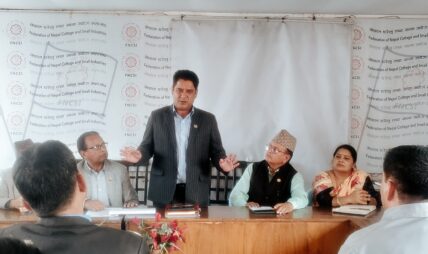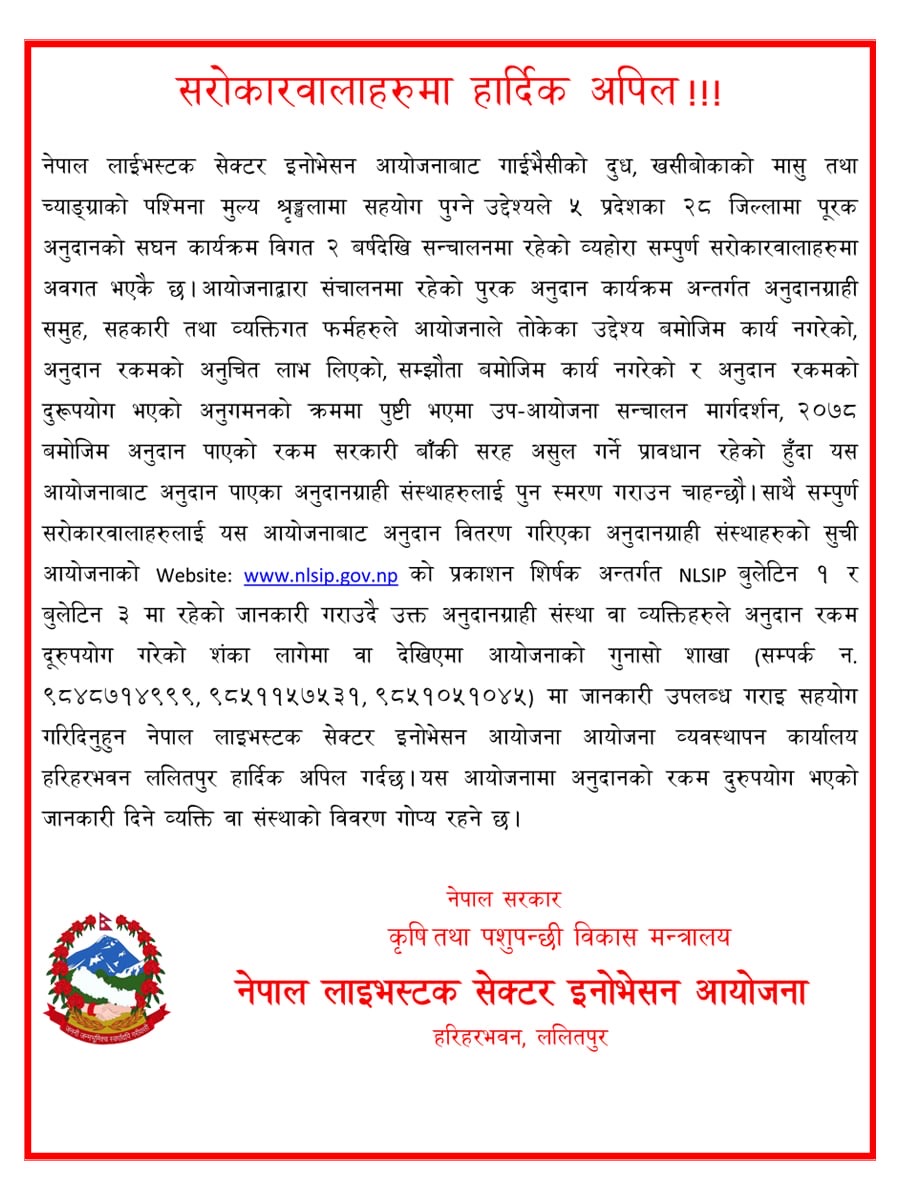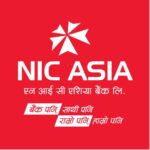Activity-Based Costing (ABC) – An Effective Tool for Better Cost Management
2024-04-05 08:30AM

In the age of globalization and complicated business environments, activity-based costing (ABC) is a powerful instrument that helps an organization have an accurate and efficient cost for its product. An efficient method for controlling expenses and enhancing decision-making in businesses is activity-based costing, or ABC. ABC offers more precise data regarding the actual cost of operations by assigning overhead charges to the corresponding activities.
1. Abstract
An important part of business success is reducing overhead costs and maximizing profits. Before we can do that, however, we need to account for all direct and indirect costs. Activity-based costing (ABC) is one method of doing this, and it offers a number of benefits when compared to other accounting methods. Activity-based costing (ABC) is a method for determining true costs. Though ABC is a relatively recent innovation in cost accounting, it is rapidly being adopted by companies across many industries, within government and other organizations like institutions, finance or service sectors.
The organization namely ABC Pvt. Ltd. where I work for as a financial advisor. The main function of this company is manufacturing of wigs as well as repair and maintenance of wigs. However there is a gap of effectively applying Activity-based costing (ABC) system. Due to this we cannot find the actual cost of production per unit as well as repair cost per unit. In this research paper I am trying to explain the importance, advantages, disadvantages, steps, factors that affect for implementing the ABC system, compared ABC system have gained popularity and have appeared to give more accurate results than traditional costing. I hope my research paper encouraged to the executive management team for effectively applying Activity-based costing (ABC) system. This research paper emphasizes to understand the need and importance of ABC costing in the organizations.
2. Introduction & Background
In general, we can define Activity-based costing (ABC) is a costing method that identifies activities in an organization and assigns the cost of each activity to all products and services according to the actual consumption by each. Therefore this model assigns more indirect costs (overhead) into direct costs compared to conventional costing.
CIMA Official Terminology describes activity-based costing as an approach to the costing and monitoring of activities, which involves tracing resource consumption and costing final outputs. Resources are assigned to activities and activities to cost objects. The latter use cost drivers to attach activity costs to outputs.
Ventureline.com (2009) define ABC as a costing system that identifies the various activities performed in a firm and uses multiple cost drivers (non-volume as well as the volume based cost drivers) to assign overhead costs (or indirect costs) to products. ABC recognizes the causal relationship of cost drivers with activities.
Activity-based costing (ABC) is a method of assigning overhead and indirect costs—such as salaries and utilities—to products and services. The ABC system of cost accounting is based on activities, which are considered any event, unit of work, or task with a specific goal.
The concept of activity-based costing (ABC) was introduced in the US, initially in the manufacturing sector during 1970s and 1980s. Robert Cooper and Robert Kaplan brought the ABC concept to light and published the body of knowledge in the Harvard Business Review in 1988. Cooper and Kaplan defined ABC method as an approach to solve the problems of traditional cost management systems; that is, the conventional cost accounting systems are often unable to identify correctly the true costs of processes. Consequently, management and quality professionals are unable to make sound decisions or make decisions based on the misrepresented data. On the other hand, the ABC objectively assigns costs based on the cost-and-effect relationships.
3. Methodology
Methodology of ABC focuses on cost allocation in operational management. ABC helps to segregate
• Fixed Cost
• Variable Cost
• Overhead Cost
If achieved, the split of cost helps to identify cost drivers. Direct labour and materials are relatively easy to trace directly to products, but it is more difficult to directly allocate indirect costs to products. Where products use common resources differently, some sort of weighting is needed in the cost allocation process. The cost driver is a factor that creates or drives the cost of the activity. For example, the cost of the activity of bank tellers can be ascribed to each product by measuring how long each product’s transactions (cost driver) take at the counter and then by measuring the number of each type of transaction. For the activity of running machinery, the driver is likely to be machine operating hours, looking at labour, maintenance, and power cost during the period of machinery activity.
4. Statement of Problem
Activity based costing helps managers in decision-making. However, it has certain limitations too which as are under:
➢ It is more expensive particularly in comparison with traditional costing system
➢ It is not helpful to small Organization.
➢ It may not be applied to organization with very limited products.
➢ Selection of most suitable cot driver may not be useful.
➢ Collection and preparation of data is time-consuming
➢ Source data isn’t always readily available from normal accounting reports
➢ Reports from ABC don’t always conform to generally accepted accounting principles and can’t be used for external reporting
➢ Data produced by ABC may conflict with managerial performance standards previously established from traditional costing methods
5. Conceptual Framework
Activity based costing (ABC) is a technique that helps in providing useful information to managers for decision-making. It is a supplemental method of overhead cost allocation that is regarded as superior to the traditional method of cost absorption. Instead of using blanket overhead rates that lack accuracy, ABC links activities to cost objects to ensure a fair determination of product costs. In this section, I explain to the management through the steps of activity-based costing, needed of implementation, and how we can implement the same in our costing processes.
Here is a list of terms used in the activity-based costing system
Activity – An activity refers to an event (of the organization) that incurs cost.
Cost Object – It refers to an item for which cost measurement is needed. It could be a product, a service, or a customer.
Cost Driver – A cost driver is a factor that causes a change in the cost of an activity. Under the ABC system, cost drivers function as the main allocation basis that is used for applying costs to products/ services.
Stages in Developing Activity Based Costing System
The following stages needs to be applying for Developing Activity Based Costing System in the organization: –
(https://www.vskills.in/certification/tutorial/stages-in-developing-activity-based-costing-system)
Step 1: Identify Resources
Resources represent the expenditure of an organization. These are the same costs that are represented in a traditional accounting, ABC links these cost to products, customers or services.
Step2: Identify Activities
Activities represent the work performed in an organization. ABC accounts for the costs based on what activities caused them to occur. By determining the actual activities that occur in various departments it is then possible to more accurately relate these costs to customers, products and services.
Step 3: Identify Cost Objects
ABC provides profitability by one or more cost object. Cost object profitability is utilized to identify money-losing customers to validate separate divisions or business units. Defining outputs to be reviewed is an important step in a successful ABC implement action.
Step 4: Determine Resource Drivers
Resource drivers provide the link between the expenditure of an Organisation and activities performed within the Organisation.
Step 5: Determine Cost (Activity) Drivers
Determination of cost drivers completes the last stage of the model. Cost drivers trace or link the cost of performing certain activities to cost objects.
Step 6: Assign Costs to the Cost Objects
We can use following formula for assigning costs to the cost objects
Costs = Resources Consumed × Activity Cost Driver Rate
Situation for applying Activity Based Costing System
In the following situations, ABC is particularly needed by organization for accurate product costing
➢ Where production overheads are quite high and form a significant portion of costs, ABC is more useful than the traditional costing system as it can determine costs with reasonable accuracy.
➢ ABC is suitable especially when there is diversity in the range of products or there are multiple products.
➢ Traditional systems are more suitable to allocate volume-related production overheads (e.g., machine-related activities, labor-related activities) based on output, direct labour hours, machine hours, etc. But ABC is a superior and better choice when non-volume related activities (support operations), such as material handling and inspection set-up, are significantly present and conventional systems cannot be used appropriately.
➢ ABC can also recognize non-value-adding activities in the manufacturing process that might need some focus or could be removed, thereby facilitating cost reduction.
Importance of Activity-based costing
ABC offers information on product costs and product-line profitability for the purpose of decision-making. ABC implementation emphasizes on more effective profit analysis, more realistic costing, better overhead allocation, improved cost control, and better cost management.
One of the main advantages of activity based costing is that it supports managers in making operating decisions such as performance measurement, product design, and process improvement. It is also used to advocate for strategic decisions such as customer profitability and pricing & product mix. Due to the increasing précising of output costs, ABC information facilitates managers to make better decisions on product, product design, process improvement, market segments, and customer mix.
Formula and Example of Activity-Based Costing system
The formula for activity-based costing is the cost pool total divided by cost driver, which yields the cost driver rate. The cost driver rate is used in activity-based costing to calculate the amount of overhead and indirect costs related to a particular activity.
(Activity-Based Costing = Cost Pool in Total / Cost Driver)
The ABC calculation is as follows:
➢ Identify all the activities required to create the product.
➢ Divide the activities into cost pools, which include all the individual costs related to an activity—such as manufacturing. Calculate the total overhead of each cost pool.
➢ Assign each cost pool activity cost drivers, such as hours or units.
➢ Calculate the cost driver rate by dividing the total overhead in each cost pool by the total cost drivers.
➢ Divide the total overhead of each cost pool by the total cost drivers to get the cost driver rate.
➢ Multiply the cost driver rate by the number of cost drivers.
Example,
ABC. Pvt Ltd. That has a $60,000 per year electricity bill. The number of labor hours has a direct impact on the electric bill. For the year, there were 3,000 labor hours worked.
In this example calculating the cost driver rate is done by dividing the $60,000 a year electric bill by the 3,000 hours, yielding a cost driver rate of $20. For Product A class wigs, the company uses electricity for 10 hours. The overhead costs for the product are $200 (i.e. $20 *10hours).
6. Recommendation/Conclusions
The main conclusion of this research paper is that there are several challenges inherent in ABC adoption. These are high cost of implementing ABC, resistance to change, lack of top management support, lack of cooperation and commitment among departments, lack of knowledge concerning ABC, problems in defining cost drivers, problems in identifying activities, high cost of consultations, and a higher priority of other changes or projects, and lack of software packages. Despite these limitations, the activity-based costing provides a more accurate method of product/service costing, leading to more accurate pricing decisions. It increases understanding of overheads and cost drivers; and makes costly and non-value adding activities more visible, allowing managers to reduce or eliminate them. ABC enables effective challenge of operating costs to find better ways of allocating and eliminating overheads. It also enables improved product and customer profitability analysis. The ultimate reason for firms to adopt Activity-Based Costing and Management (ABC/M) is to improve their financial performance by managing their cost in such a manner that they control them and thus can reduce them. Hence Activity based costing helps to the managers for taking correct decision and it is an effective tool for better cost management.
7. Bibliography
Narong, D. K., “Activity based costing and management solutions to traditional shortcomings of cost accounting”, Cost Engineering, Vol. 51, No. 8, pp. 11-22, (2009).
Cooper, R. “The Rise of Activity-Based Costing— Part One: What is an Activity-Based Cost System?” Journal of Cost Management (1988), 45–53.
Michael Bromwich, Cheolkyu Hong, “Activity Based Costing Systems and Incremental Costs” Management Accounting Research, Vol. 10, No 1, March (1999)
Abusalama, F. (2008) Barriers to Adopting Activity-based Costing Systems (ABC): an Empirical Investigation Using Cluster Analysis, Doctoral Thesis. Technological University Dublin. Doi: 10.21427/ D7701R
Cooper, R. and R. S. Kaplan (1992). “Activity-Based Systems: Measuring the Costs of Resource Usage.” Accounting Horizons September
CMA, CPA, CA, CIA Cost Management related Course Book
International Journal of Business and Management Vol. 6, No. 11; November 2011, “Activity-Based Costing System in the Service Sector: A Strategic Approach for Enhancing Managerial Decision Making and Competitiveness.
(Researched by: Mr. Prakash Panthi, CPA, CMA, CIA, CFC, MIPA, PGDPA, CGBA, CA (S.Q.), AT, MBS, PhD (Hon) Permanent Add: – Chandragiri Municipality-14, Naya Naikap, Kathmandu, Nepal. Temporary Add: – 11/6 Hargraves St., Sydney, Australia)
2024-04-05 08:30AM




















